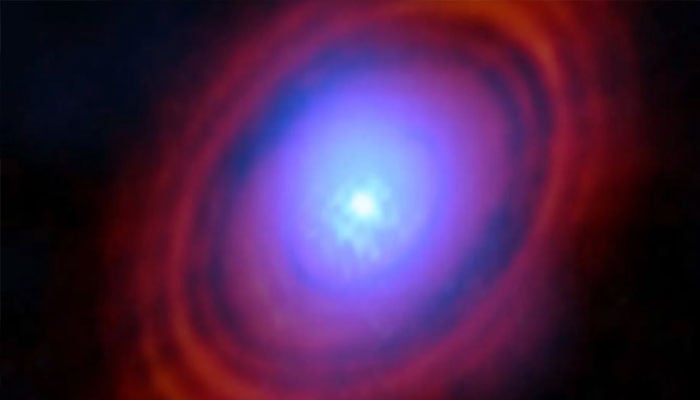Water Vapor found 450 light-years away, could it be sign of potential life?
Telescope focused on HL Tauri, a Sun-like star 450 light-years away, revealed an abundance of water
February 29, 2024

Scientists utilising the Atacama Large Millimeter/submillimeter Array (ALMA) have uncovered a remarkable presence of water vapour in the inner region of a gas and dust disk surrounding a young star, potentially marking the birthplace of planets, Interesting Engineering reported.
The telescope focused on HL Tauri, a Sun-like star located 450 light-years away, revealing an unexpected abundance of water, estimated to be at least three times the volume of Earth's oceans.
Lead author Stefano Facchini from the University of Milan expressed astonishment at capturing "an image of oceans of water vapour in the same region where a planet is likely forming." The findings provide unprecedented insights into the conditions conducive to planetary development.
These discoveries challenge previous debates on Earth's water origin and propose a mechanism for delivering water to forming planets before potential asteroid collisions. This suggests a possible influence on planetary chemical composition, akin to Earth's development 4.5 billion years ago.
The water-rich gaps detected around HL Tauri indicate an active accumulation of stellar material, providing crucial information on the early stages of planet-like bodies. This local water reservoir may enhance a planet's habitability potential as it evolves.
While Earth-based telescopes face challenges in mapping water distribution due to atmospheric interference, ALMA, situated in Chile, overcame these limitations, showcasing its remarkable capabilities.
This groundbreaking research parallels a similar discovery around the star PDS 70, demonstrating the importance of water vapour in understanding planetary system development.
The findings, published in Nature Astronomy, represent a significant leap in our understanding of planet formation and potential habitability factors.











